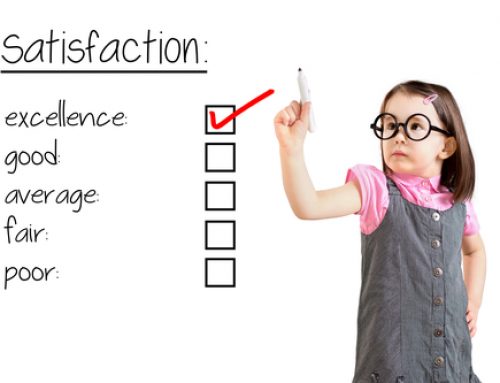 Social interaction, inquiry, problem solving and negotiation within a group are used in this activity to determine which statements about a person are the truth and which are a trick. NQF outcome 4.2 is the focus of this activity.
Social interaction, inquiry, problem solving and negotiation within a group are used in this activity to determine which statements about a person are the truth and which are a trick. NQF outcome 4.2 is the focus of this activity.
Plan Type
Educator Planned
Intentionality
Develop problem solving skills, inquiry and hypothesising to reach a logical conclusion and negotiate with the group to agree on a solution/answer to the problem.
NQF Outcomes
4.2 Children use a range of skills and processes such as problem solving, inquiry, experimentation, hypothesising, researching and investigating.
Activity Description
A participating student has to tell the group two things about themselves which are true and one thing which is a trick (untrue). The others in the group will confer with each other and decide which two statements are true and which one is the trick.
Students must work together by sharing and inquiry from others what they know about the person. They will utilise skills of reasoning to develop a logical conclusion to differentiate the truth from the trick.
Reflection
Discuss which truths and tricks worked best? Realistic (believable) vs unrealistic (unbelievable).
How did discussions, between the group members trying to guess, evolve?
Were there any strategies used to determine the result?
Did all group members work as a team or was there particular students which became leaders and directed interactions?
Was co-operation evident during the game?
Follow Up
Were their particular students who participated less? Could they benefit from further activities to develop confident self-identities (outcome 1.3)?
Were their particular students who controlled the group? Could they benefit from developing skills in fairness (outcome 2.3)?








